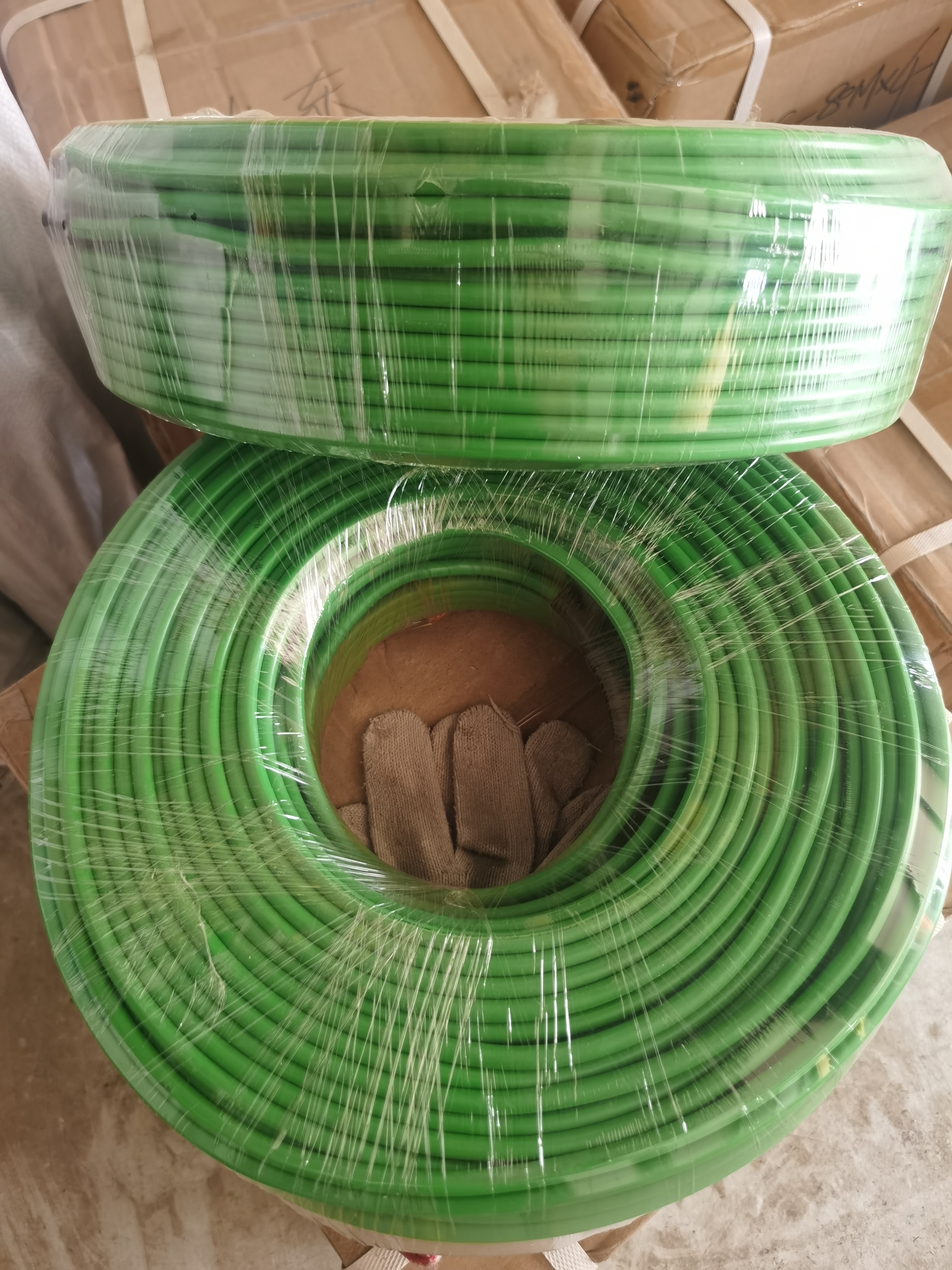
In recent years, the concept of antimicrobial materials has gained significant attention, especially in the context of sweat rooms. Sweat rooms, whether they are in gyms, spas, or even some residential settings, are areas where moisture, heat, and human contact are abundant. This combination creates an ideal environment for the growth of bacteria, fungi, and other microorganisms. Therefore, using antimicrobial sweat room materials offers a plethora of benefits that contribute to a healthier and more hygienic space.
One of the primary advantages of antimicrobial sweat room materials is the significant improvement in hygiene. These materials are designed to inhibit the growth and spread of bacteria and fungi. In a sweat room where people are sweating profusely, the presence of antimicrobial properties helps prevent the accumulation of harmful microorganisms on surfaces. This reduction in microbial growth minimizes the risk of infections for users. For example, common bacteria like Staphylococcus aureus and Escherichia coli, which can cause skin infections and other health issues, are less likely to thrive on antimicrobial surfaces. Consequently, users can feel more confident about the cleanliness of the sweat room environment, reducing the likelihood of contracting infections that could be transmitted through contact with contaminated surfaces.
Antimicrobial materials also contribute to the extended durability and lifespan of sweat room facilities. The constant exposure to moisture and heat in a sweat room can cause rapid deterioration of traditional materials. However, with antimicrobial properties, the materials are better able to resist the negative effects of these environmental factors. Microorganisms often play a role in the degradation of materials, causing them to rot, corrode, or lose their structural integrity over time. By inhibiting microbial growth, antimicrobial sweat room materials can maintain their quality and functionality for a longer period. This not only saves on replacement costs but also ensures that the sweat room remains in good condition, providing a consistent and reliable space for users.
Another notable benefit is the effective control of unpleasant odors. Bacteria and fungi are major contributors to the development of bad smells in sweat rooms. As these microorganisms multiply on surfaces, they produce metabolic byproducts that have distinct odors. Antimicrobial materials work by reducing the population of these odor-causing microorganisms. By keeping the microbial load in check, the sweat room is less likely to develop strong and unpleasant odors. This creates a more pleasant and inviting atmosphere for users, enhancing their overall experience. Whether it's a commercial gym trying to attract customers or a home sweat room for personal use, odor control is an important aspect that can greatly impact the usability and enjoyment of the space.
Using antimicrobial sweat room materials can simplify the maintenance process. With fewer microorganisms growing on the surfaces, there is less need for frequent and intensive cleaning. Regular cleaning routines can be more effective and less time-consuming as the antimicrobial properties help keep the surfaces relatively clean between cleanings. This means that maintenance staff or homeowners can spend less time and effort on scrubbing and disinfecting the sweat room. Additionally, the reduced growth of microorganisms also helps prevent the build-up of stains and discoloration on the materials, further maintaining the aesthetic appearance of the sweat room. In the long run, this ease of maintenance can result in cost savings and a more sustainable operation of the sweat room.
The use of antimicrobial materials in the sweat room can have a positive impact on indoor air quality. As mentioned earlier, the growth of microorganisms can release volatile organic compounds (VOCs) and other airborne particles that can degrade the air quality. By inhibiting microbial growth, the release of these harmful substances is minimized. This leads to a cleaner and healthier indoor environment, reducing the risk of respiratory problems and other health issues that can be associated with poor air quality. Users can breathe more easily and comfortably while using the sweat room, enhancing their overall well-being and exercise experience.

